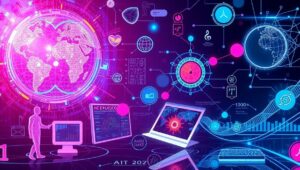May 29, 2025
Catastrophic Risks of Superintelligence: Planning for the Unthinkable (2030+)
Catastrophic Risks of Superintelligence: Planning for the Unthinkable (2030+) The rapid advancement of artificial intelligence has sparked both excitement and concern. While AI promises to revolutionize industries and improve our lives, the potential emergence of superintelligence—AI surpassing human cognitive abilities—presents significant risks that demand careful consideration. This post explores the catastrophic risks associated with superintelligence and outlines the importance of proactive planning to mitigate these threats. Understanding Superintelligence Superintelligence, as defined by philosopher Nick Bostrom, is an intellect that greatly exceeds the cognitive performance of humans in virtually all domains of interest. Unlike narrow AI, which excels at specific tasks,












